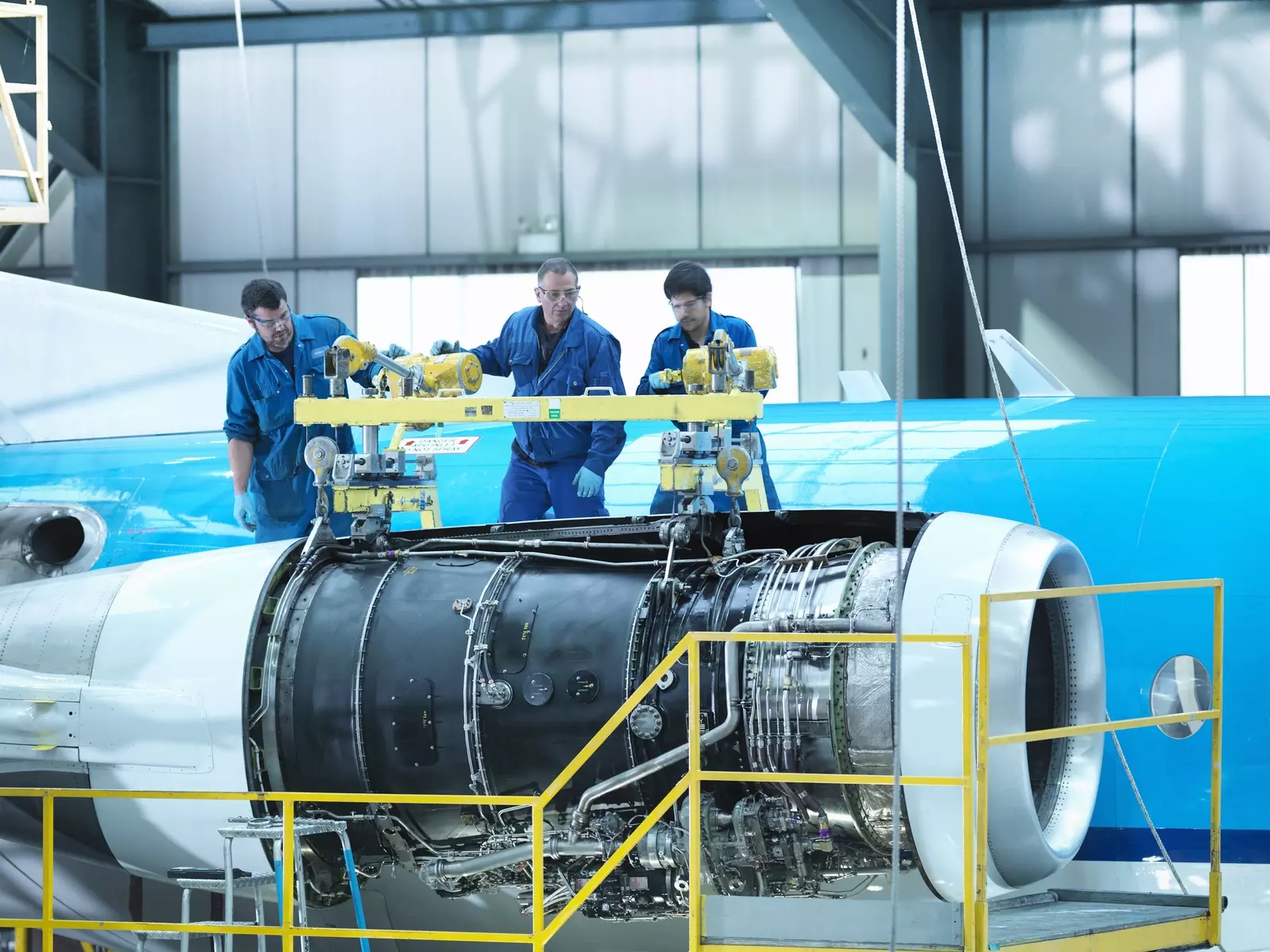Every organization deals with regulatory and compliance challenges, but few industries are as heavily regulated as the Aerospace and Defense (A&D) sector. Rightfully so, considering these companies are manufacturing national security products with virtually no room for error. On top of that, a large majority of their output is a direct result of government contracts, which are continuously audited. A&D organizations need to always be on their A-game to adhere to all regulations while maintaining efficiency and quality. Failure to do so could result in massive non-compliance fines, or even worse, devastating outcomes caused by quality issues.
Given that labor is typically the largest expense for A&D manufacturers, a lot of scrutiny comes from the workforce and accurately tracking their time against contracts. Due to the complexities of the industry, most workforce management solutions won’t suffice causing some manufacturers to track employee time and activities manually. What’s needed is an industry specific workforce solution that’s designed to meet the unique needs of the A&D industry and all its complexities.
Here are a few of the features and functionality that stands out as particularly valuable for A&D organizations when evaluating different workforce solutions:
DCAA compliance tools
Any manufacturing organization dealing with federal contracts understands the impact the Defense Contract Audit Agency (DCAA) has on labor-related expenses. Properly allocating time, at the correct rate to the correct work order, is an extremely daunting and error prone task when done manually. By leveraging technology that easily and electronically allows employees to assign their worked time to projects, which removes the burden placed on them and ensures accurate reporting in the event of a DCAA audit. Having a solution that provides all the tools needed to maintain DCAA compliance also helps to secure future federal contract business.
Automating total time accounting calculations
Another important aspect when it comes to federal contract manufacturing is the concept of total time accounting (TTA). Exempt employees, such as engineers, typically work on projects beyond their nominal 40-hour work week. Their time needs to be allocated to the project, but it is based on a prorated rate. Many manufacturers are still calculating these rates and applying them manually. By finding a solution with native TTA functionality, these rates are automatically calculated and billed to the project. With hundreds or thousands of salaried employees working on a contract, this feature is an invaluable tool.
Managing 9/80 schedules
One of the biggest recruiting and retention tools for A&D companies is the benefit of having every other Friday off, also known as the 9/80 schedule. While alternative work schedules help increase employee engagement and productivity, maintaining compliance with the Fair Labor Standards Act (FLSA) brings about more challenges. Many time and attendance solutions do not have the ability to assign the extra 4 hours from week one to week two and will incorrectly calculate the 4 hours as overtime. However, more advanced time tracking solutions come out of the box with this functionality, automating the process and ensuring accurate pay calculations.
Accommodating extended work and comp time policies
Just like in any manufacturing environment, projects have the potential to fall behind. Whether it be from unplanned absences, supplier issues, or machine downtime, it’s just the nature of the business. However, in the A&D industry, catching up is not so easy when you are under strict government contracts and leveraging large amounts of overtime is not approved. This is where extended work time (EWT) and compensatory (comp) time policies for exempt employees come into play. Such policies enable organizations to permit EWT for extra pay up to a certain number of hours, with additional hours being calculated as comp time for more days off in the future.

In the example above, the employee was permitted up to 6 hours per week of EWT with any additional hours going towards comp time.
Calculating pay with rules like this without the right technology in place can be a nightmare. Certain solutions not only allow for these types of rules to be automatically calculated; they can be set on a per employee basis. In addition, they can be configured to require employees hit a certain number of hours (the “gate”) beyond their standard schedule before EWT and comp time begins getting calculated. Having this functionality allows A&D manufacturers to boost employee morale and deliver more projects on time, while still abiding to the terms of their contract.
Integration with production systems
Tracking labor expenses is a critical piece of the A&D puzzle, but that’s only half of the equation. All labor needs to be tied back to the correct projects and follow the right process. This is where systems, like enterprise resource planning (ERP) and manufacturing execution systems (MES), come into play. Systems such as these are common in almost all A&D manufacturing environments to improve shopfloor productivity and process efficiency. That’s why it’s critical to have a time tracking solution capable of integrating simultaneously with many different production systems to create a seamless flow of data and automatically track labor to projects.
This barely scratches the surface when it comes to the daily battles faced by A&D organizations and how technology can help. Bottom line – in an industry as demanding as this one, not all workforce management technology is up to the task. A comprehensive solution purpose-built for the industry is a requirement to achieve operational excellence.
Learn why 80% of Fortune’s Top 10 Aerospace and Defense companies choose UKG technology.



